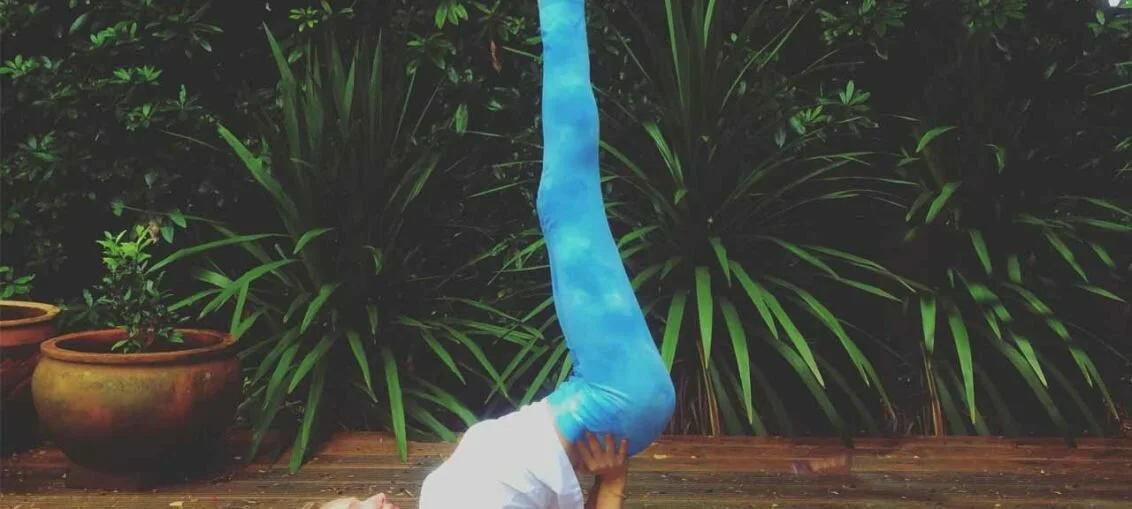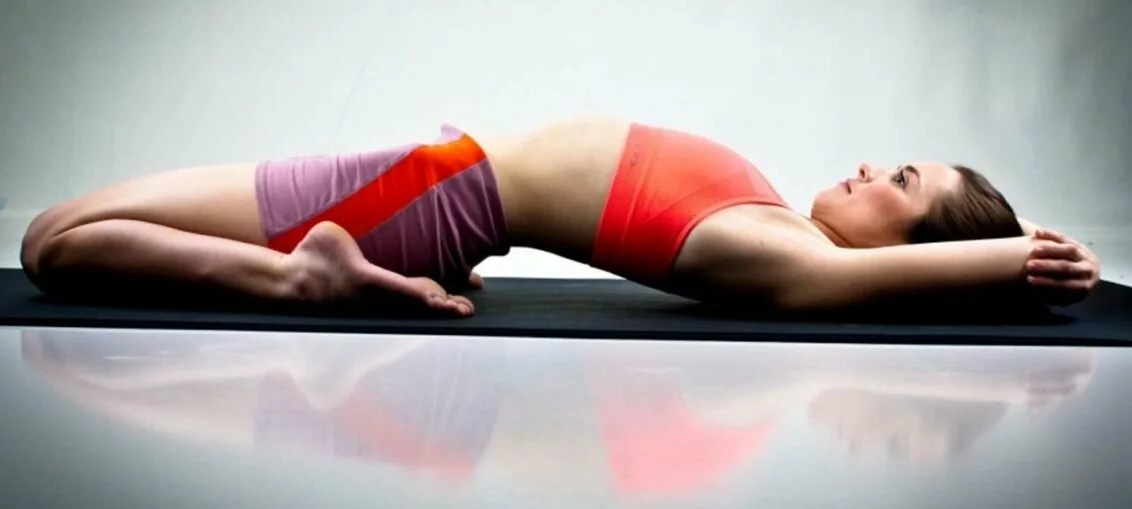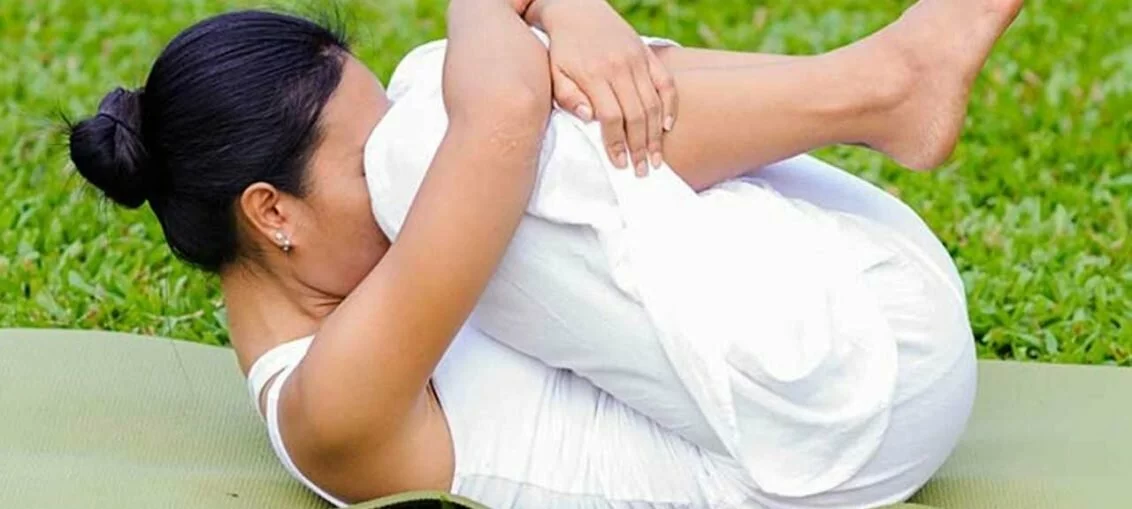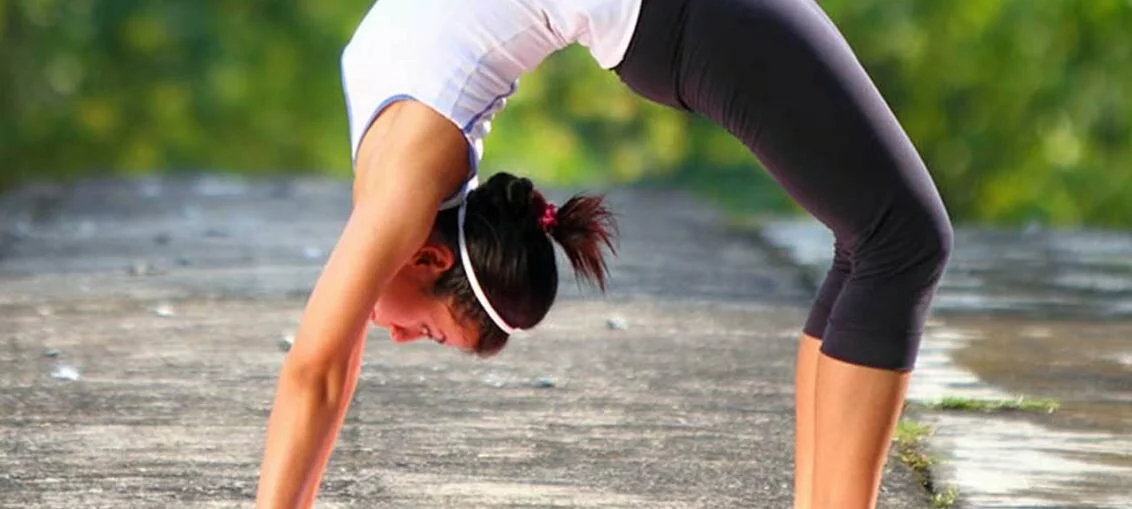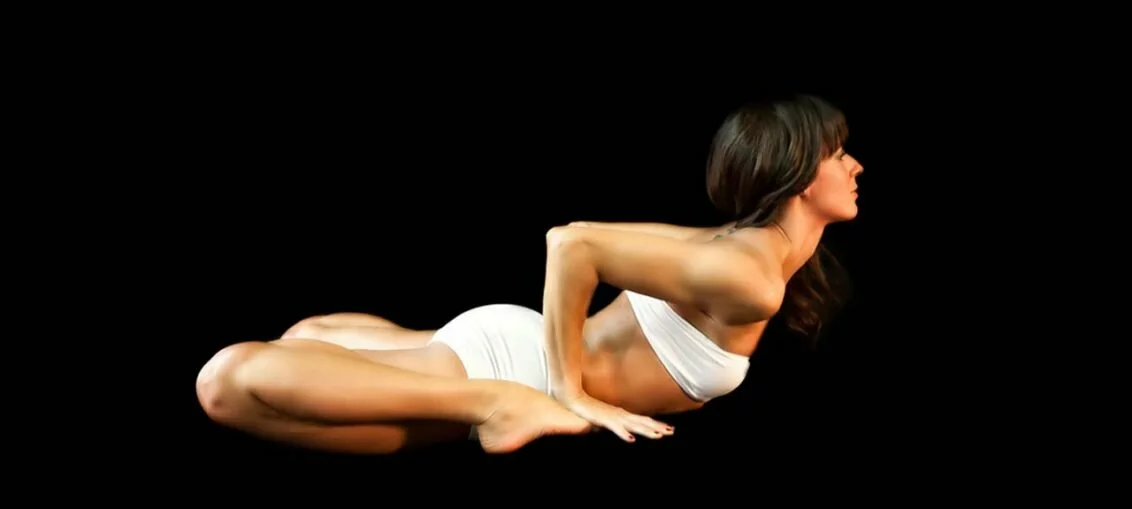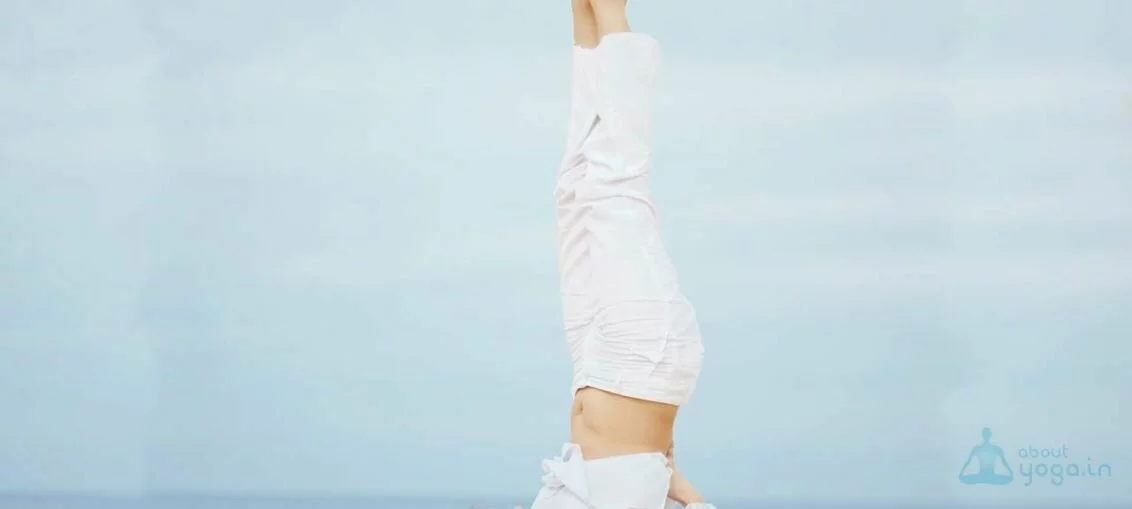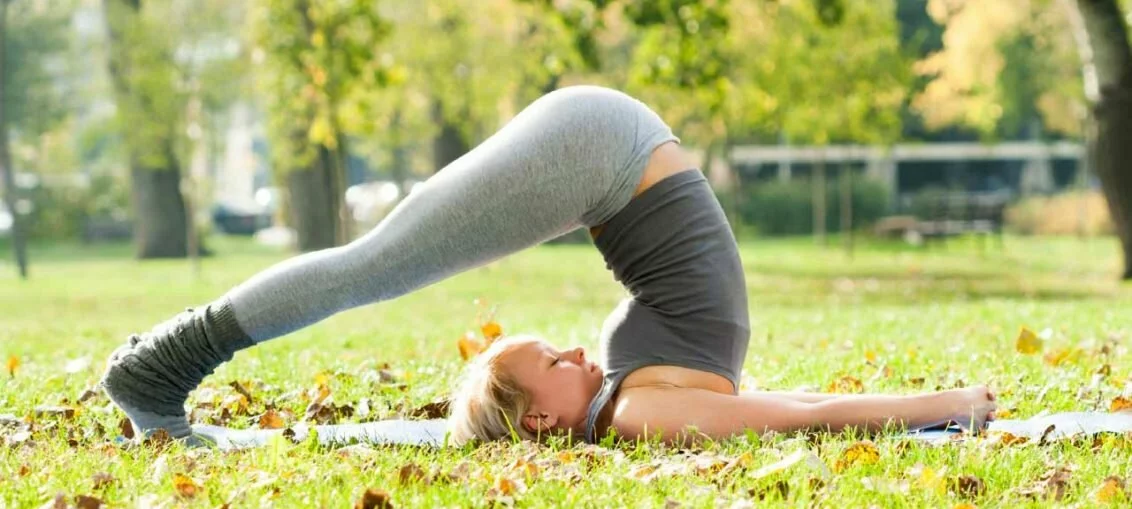Viparita Karani (Sanskrit: विपरीतकरणी ; IAST: viparītakaraṇī) or Upside-Down Seal is an asana. The name comes from the Sanskrit words viparita meaning "inverted" or "reversed", and karani meaning "doing" or "making" and asana (आसन; āsana) meaning "posture" or "seat". Viparita Karani is a supine asana with vertical legs. Step by Step:- Sit down with
Tag: Yoga Pose
Supta Virasana (सुप्तवीरासन)
Supta Virasana (Sanskrit: सुप्तवीरासन; IAST: suptavīrāsana) or Reclined Hero Pose is an asana. The name comes from the Sanskrit words supta (सुप्त) meaning "reclined" and asana (आसन; āsana) meaning "posture" or "seat" Supta Virasana is a reclined version of virasana where the upper body reclines backwards, so that the back rests on
Adho Mukha Svanasana (अधोमुखश्वानासन)
Adho mukha śvānāsana, adho mukha shvanasana (IPA: [əd̪ʱoː mukʰə ɕʋɑːn̪ɑːs̪ən̪ə], ah-doh moo-kah shvah-nah-sah-nah; Sanskrit: अधोमुखश्वानासन; IAST: Adho Mukha Śvānāsana), downward-facing dog Pose, downward dog or down dog is an asana. The name comes from the Sanskrit words adhas (अधस्) meaning 'down', mukha (मुख) meaning 'face', śvāna (श्वान) meaning 'dog' and āsana
Pavanamuktasana
Pavanamuktasana is pronounced as PUH-vuhn-mukt-AAHS-uh-nuh. This yoga pose, as its name suggests, is excellent for releasing abdominal gas. Pavana = wind, mukta = relieve or release, Asana = Posture or Pose How to do Wind-Relieving Pose (Pavanamuktasana):- Lie on your back with your feet together and arms beside your body. Breathe in and as you
Chakrasana (चक्रासन)
Chakrasana (Sanskrit: चक्रासन IAST: Chakrāsana, Wheel Pose), also called Urdva Dhanurasana (Sanskrit: ऊर्ध्वधनुरासन; IAST: Ūrdhvadhanurāsana, Upward-Facing Bow Pose) is an asana. It is a backbend and part of the finishing sequence in the Primary Series of Ashtanga Yoga. The name comes from the Sanskrit words Chakra (चक्र, Cakra) meaning "wheel" and
Dwi Pada Viparita Dandasana (द्विपदविपरितदन्दसन)
Dwi Pada Viparita Dandasana (Sanskrit: द्विपदविपरितदन्दसन; IAST: Dvi Pāda Viparīta Daṇḍāsana) or Two-Legged Inverted Staff Pose is an asana and is a combination of Sirsasana (headstand) and Urdhva Dhanurasana (upward facing bow pose). The name comes from the Sanskrit words dwi (द्वि, dvi) meaning "two", pada (पद, pāda) meaning "foot", viparita
Bhekasana (भेकासन)
Bhekasana (Sanskrit: भेकासन; IAST: Bhekāsana), Mandukasana or Frog posture is an asana The name comes from the Sanskrit words Bheka (भेका, bheka) meaning "frog" and asana (आसन) meaning "posture" since the asana resembles a frog. Benefits and Risks:- Though prolonged practice can cure flat feet. Relieves pain in the heels due to calcaneal spurs
Sarvangasana (सर्वाङ्गासन)
Sarvangasana (sahr-vahn-gah-sah-nah[1][needs IPA]; Sanskrit: सर्वाङ्गासन; IAST: sarvāṅgāsana) or Shoulderstand is an āsana. Many variations of the Shoulderstand exist, the likely most common to be taught is Supported Shoulderstand (Salamba Sarvangāsana). Sarvangāsana is nicknamed "queen" or "mother" of all the asanas The name in the case of Salamba Sarvāngāsana (Supported Shoulderstand) comes from the
Karnapidasana (कपोतासन)
Karnapidasana (IPA: [Karṇapīḍāsana]); IAST: Karṇapīḍāsana; Sanskrit: कपोतासन , is an inverted supine forward bend asana. Karṇapīḍāsana is also known as Raja Halasana and is closely to Halasana (plow pose) which it is sometimes considered a variant of. Karṇapīḍāsana is similar to Halasana (plow pose), but with the legs dropped further down so
Halasana (हलासन)
Halasana (hah-lah-sah-nah; Sanskrit: हलासन; IAST: Halāsana) or Plow Pose is an asana. The name comes from the Sanskrit words hala (हला) meaning "plow" and asana (आसन) meaning "posture" or "seat". The practitioner lies on the floor, lifts the legs, and then places them behind the head. Experienced practitioners may enter Halasana from

